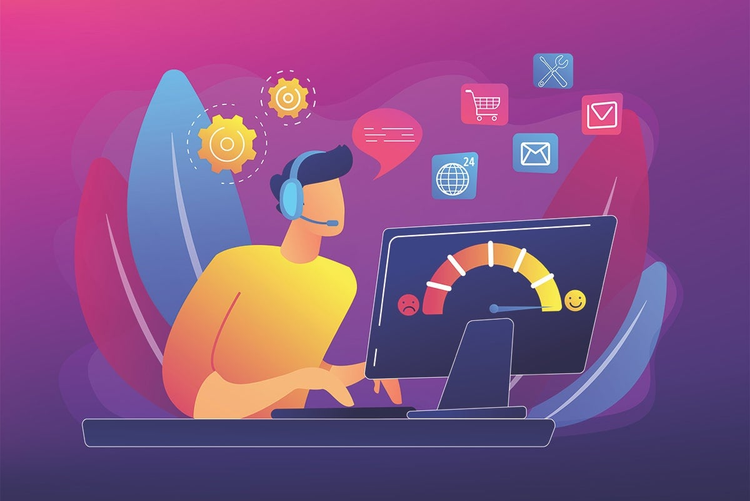Why The Internet Of Things Is Key To Your Mobile Marketing Strategy
With so many portals connecting consumers to marketing campaigns, the key will be to identify the behaviors, circumstances, and environments that reveal that dynamic mobile state where your customer is ready to take action and engage meaningfully with your brand.

Do you remember when we all first started talking about mobile marketing? I recall the discussion starting when the first big, bulky laptops became available 15 or 20 years ago. Then the conversation shifted around 2008 to handheld devices with the introduction of the first iPhone. We extended the discussion to tablets four or five years ago, and now wearables and the Internet of Things (IoT) are part of the narrative.
Mobile is considered a “dynamic” by definition. As embedded technology within wearables and other products evolves, we have a greater opportunity to capture behaviors in this dynamic state. When a consumer is in this state, we can capture information that is available in the right context, at the right place, at a dynamic point in time (what many consider “mobile moments”) in order to create more delightful, meaningful engagements.
Look at how often people use their smartphones, for example. The average user is estimated to accomplish 221 tasks per day and check his phone 1,500 times a week. That behavior reflects a conscious decision to access the mobile channel. What if engagement required no such actively conscious decision-making? What if the engagement were simply driven by actions that have nothing to do with checking a handheld device? That’s where the IoT becomes essential to your work or personal life.
According to a report from BI Intelligence, the IoT device market will double the size of smartphone, PC, tablet, connected car, and wearable devices combined by 2019. Device shipments will reach 6.7 billion by the same year. Digital marketers have to bake in IoT as part of their mobile strategies.
Mobile vs. Mobility
What we’re really talking about is “mobility.” It’s not just a channel that we reach through an untethered, handheld device; “mobile engagement” means touching our customers as they move through their daily activities, in a seamless, nonintrusive, and delightful fashion.
IoT is just an extension of the current state of mobile analytics. Wearables will enable the same type of data collection, which should enable more refined, granular, and contextually appropriate mobile marketing practices. Consumers won’t necessarily be engaging with your brand with the intent to purchase, but IoT enables marketers to surface an even sharper view of consumer behavior or “need.” Digital marketing gurus like Shane Barker understand the impact wearables will have on the marketing space. Barker believes that “wearable technology has the potential to be an information-gathering powerhouse, registering data such as buying habits, movement patterns, locations, and physical interactions.”
At the end of the day, we’re trying to engage by relating an IoT information to user context and triggering an actionable outcome. We need to be a part of users’ mobile moments in a big way. We recognize that flexibility, personalization, and timing are all characteristics necessary for effective mobile marketing, and IoT provides the environment for digital marketers to thrive. Therefore, vendors need to bake in an IoT strategy within any mobile marketing initiative.
Wearables As Part Of IoT Strategy
So how do we bake in wearables? Given the data wearables can capture, marketers could send messaging to a mobile device, desktop, car, or even TV screen based on a user’s daily routine. For example, your Fitbit gear captures data from your daily activity, which shows that you’re not walking enough (perhaps because it’s cold outside), then transmits a promotion from a nearby gym offering a month free if you sign up within the next two weeks. Wearables can capture and deliver personal data like no other device has been able to do.
But IoT won’t be limited to items worn on our bodies. IoT extends to mobile technology in appliances, vehicles, medication, and almost any physical item that we use. Consider a smart car. Let’s say, Mobil or Exxon can surface data on your car. With a sensor in the gas tank that indicates how far you can go on the gas inside, it can assess—based on location—how far you’ll be able to travel and which gas stations are nearby. One gas station could deliver a message to the connected console that says, “We’re offering the lowest price for your next fill up,” which can be a compelling message to stop in before the tank runs dry.
Another example is your refrigerator. Sensors could indicate that perishable food is about to expire and generate messaging to your iWatch that offers marketing incentives to purchase groceries by a certain date. Messaging is driven without you even taking any specific steps, such as opening your mobile Web browser.
IoT Embedded Into Seamless Marketing
It’s estimated that by 2020 there will be more connected devices than the number of people on the planet. Remember, baking in IoT shouldn’t be viewed as a separate initiative. Mobile isn’t separate from desktop. Desktop isn’t separate from offline. It’s all a single continuum for the brand to engage seamlessly as the mobile consumer wakes, works, plays, views, chats, eats, and sleeps.
With so many portals connecting consumers to marketing campaigns, the key will be to identify the behaviors, circumstances, and environments that reveal that dynamic mobile state where your customer is ready to take action and engage meaningfully with your brand.
See what the Twitterverse is saying about the Internet Of Things: